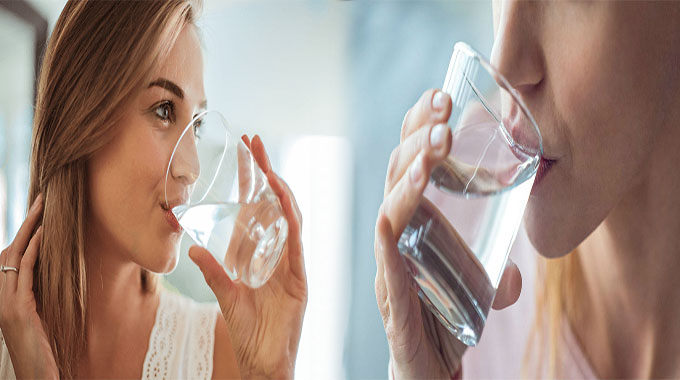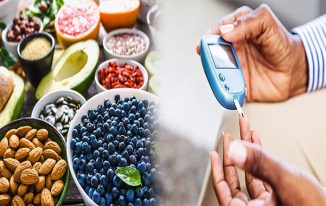Increasing water intake can be done in many ways, some of them include setting a goal, checking to make sure you are properly hydrated and changing the taste of your water. These tips will help you to increase your water intake and keep you healthy.
Changing the way water tastes
Changing the way water tastes can help you increase your daily water intake. If you don’t like the taste of tap water, you can try adding fruit or citrus to make it more pleasant. It’s also a good idea to keep a lid on the bottle to prevent the production of bacteria. You can also use a filter to clean out the contaminants.
The taste of water is affected by the source and temperature. If you’re concerned about the source of your drinking water, you can ask your doctor to check the quality of the source. The quality of the water you drink is also dependent on the minerals it contains. If your water is too acidic, you might want to try drinking more alkaline.
You can also buy flavor packets that will add flavor to your water.
Setting a daily goal
Having a daily water goal can be a good way to remember to drink enough water. There are many apps and reminders available to help you achieve your goal.
One of the best ways to improve your water intake is to use a high-tech water bottle. These bottles can connect to your phone and track your water intake. They can also be set to alert you when you’ve had enough.
Some apps can even game-ify your water-drinking efforts. These apps offer rewards and badges for hitting your daily water goals.
Other apps will show you how many glasses of water you’ve consumed so far. You can also see how many days you’ve reached your goal. Some apps even sync with your Fitbit, allowing you to track your progress.
Checking if you’re properly hydrated
Keeping track of how much water you are consuming throughout the day is an easy way to ensure you’re properly hydrated. This is especially important in the warmer months, when the risk of heat stroke is at its highest. You can also use methods to assess how hydrated you are, such as the texture of your skin, the frequency of your urination, or the color of your urine.
If you have dark yellow or amber colored urine, you may be dehydrated. You should drink more fluids to replenish the lost fluids.
The amount of water you need to drink per hour can vary widely from person to person. This is because each person’s body is able to absorb a certain amount of water at once. Therefore, you should avoid drinking too much in one sitting, as this can lead to dehydration.
Increasing water intake during workouts
Increasing water intake during workouts is important for a number of reasons. It helps maintain a healthy body and keeps organs functioning properly. In addition, it reduces the risk of injuries.
The American Council on Exercise recommends drinking 16-24 ounces of fluid for each pound of body weight lost during exercise. This is enough to compensate for the loss of water from sweat. The water should be consumed in a variety of ways.
The most obvious is a sports drink. A sports drink provides you with carbohydrates, electrolytes, and other nutrients. It also improves performance. For best results, make sure the sports drink contains no more than 8 percent carbohydrate.
Other tips include drinking chilled water, which is absorbed faster from the gut and lowers the core body temperature. This can help increase your performance and prevent sweat-related weight loss.
Increasing water intake in children and adolescents
Increasing water intake in children and adolescents can improve their health and cognitive performance. Dehydration can negatively affect school performance, mental alertness, and physical activity. Although studies have focused on elementary school children, it is important to understand the implications of dehydration on adolescents.
The European Food Safety Authority recommends children and adolescents to consume 2.0 L of water daily. However, only a small proportion of this total is consumed during the school day.
In the study conducted by the HELENA Institute, children and adolescents were evaluated on their hydration status. The hydration status was assessed by the urine specific gravity (USG) at the beginning and end of the school day. It was found that nearly half of the study participants arrived at school with a USG over 1.030. This indicates a significant level of dehydration.














